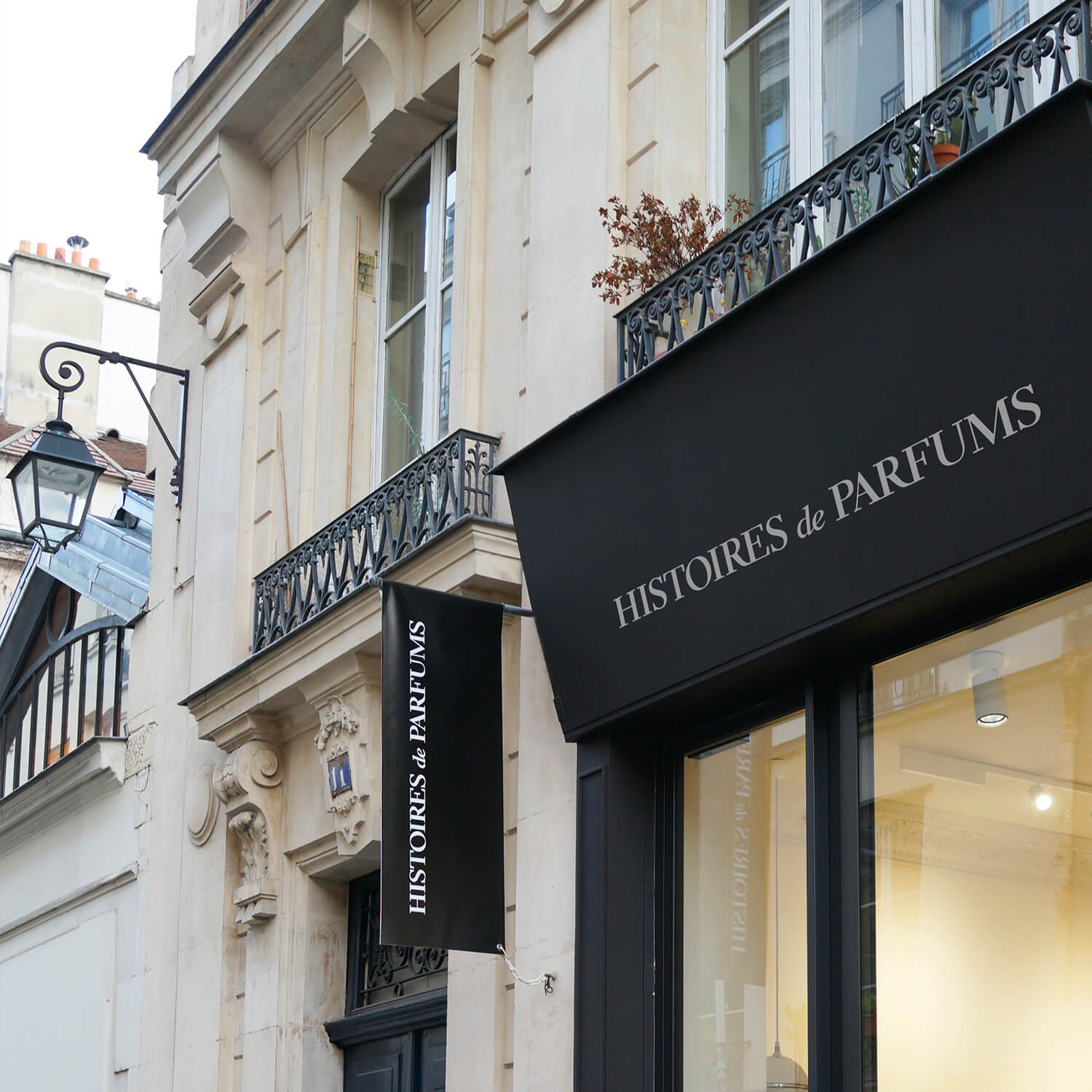Tonka Beans

The Tree
The Dipteryx odorata, mostly found in Brazil, Guyana and Venezuela is a tropical tree that grows 25 to 30 meters tall and roughly one meter wide. The plant needs soil rich in humus and strong sunlight to grow.
Its blooming season spans between March and May, while the fruits ripen until July and fall off the tree on their own between February and March of the following year. The tree can produce up to 15kg of grains each year.
The plant is not farmed, and can be found growing independently in the forests. It is thus the Indian tribes or indigenous people who harvest it.
The fruits are collected from the bottom of the tree, straight from the ground. The shell is then cracked with a hammer to collect the grain.
Distillation
The distillation first begins by air drying the grain in the shade. The grains are then soaked for 24 hours in alcohol (typically rum), and are put out to dry for the next five to six days.
After the first step is complete, small coumarin crystals begin to form on the outer layer of the grain.
The fragrance is then extracted with volatile solvents and yields a total of 10-15% of pure essence from the original distillation.
In Perfumery
Tonka beans were originally used by the Dutch before they made a presence in the world of perfumery. It was used to create "Tarquin butter" which would keep insects away.
While coumarin makes up most of the tonka bean's fragrance, it also has powdery, and slightly wild tints, as well as tobacco undertones.
Tonka beans introduced fern-based fragrances to the world of perfumery, which is now considered one of the seven olfactory families.
The synthetic replacement: coumarin
Tonka beans rely entirely on the weather for their harvest, and its price fluctuates from one year to the next (globally, harvests are between 60 to 100 tons annually).
The appeal to coumarin thus comes from the fluctuating price of tonka beans and their uncertain harvests.
The tonka bean is mostly made up of coumarin. This fragrant molecule, reminiscent of fresh cut hay, has thus been extracted from the tonka bean since the 1820's.
While the extraction process has been in effect since the 1820's, it's only in 1868, that the molecule was synthesized. Today, coumarin is highly used in earthy and oriental fragrances.


Leave a comment
This site is protected by hCaptcha and the hCaptcha Privacy Policy and Terms of Service apply.